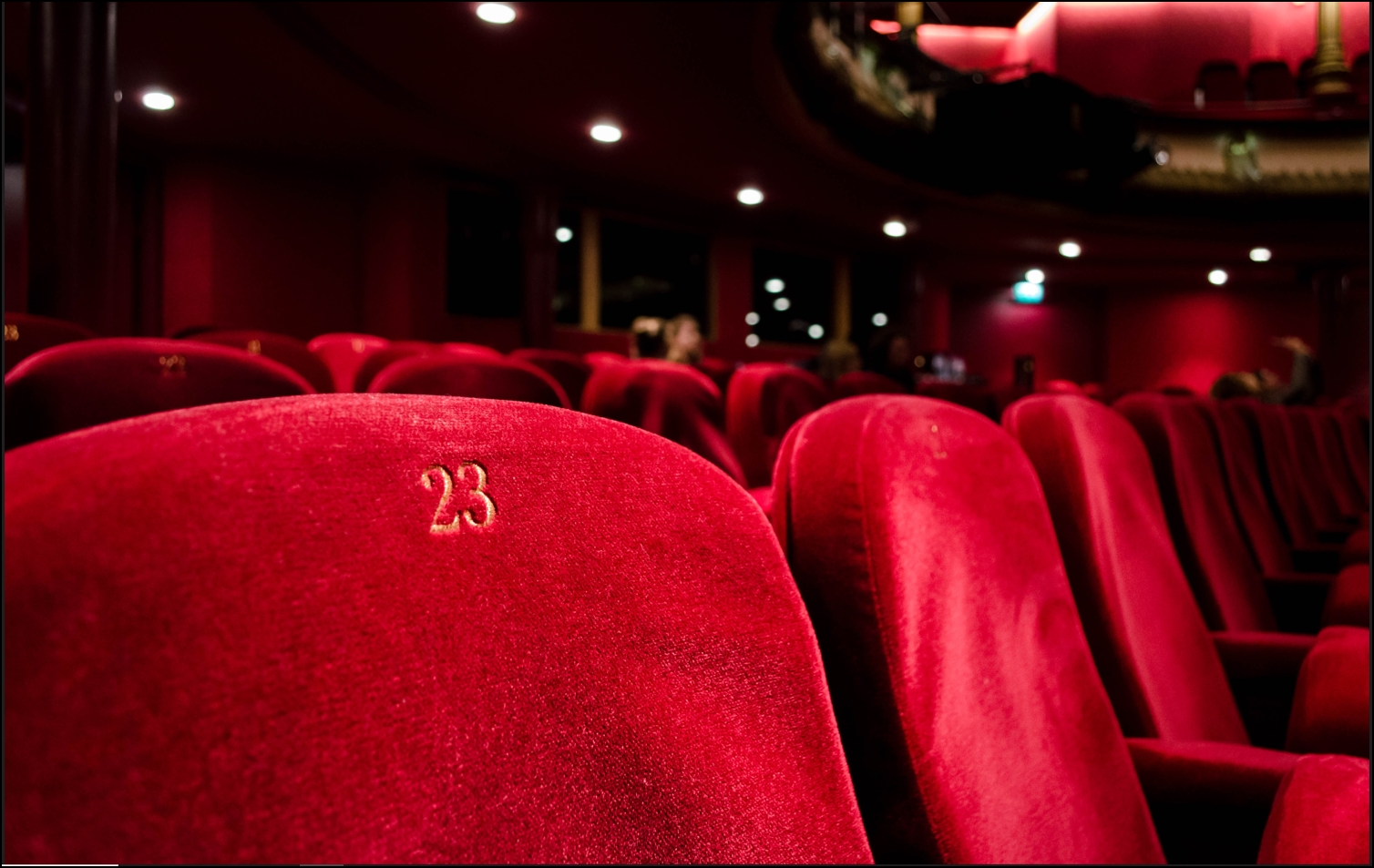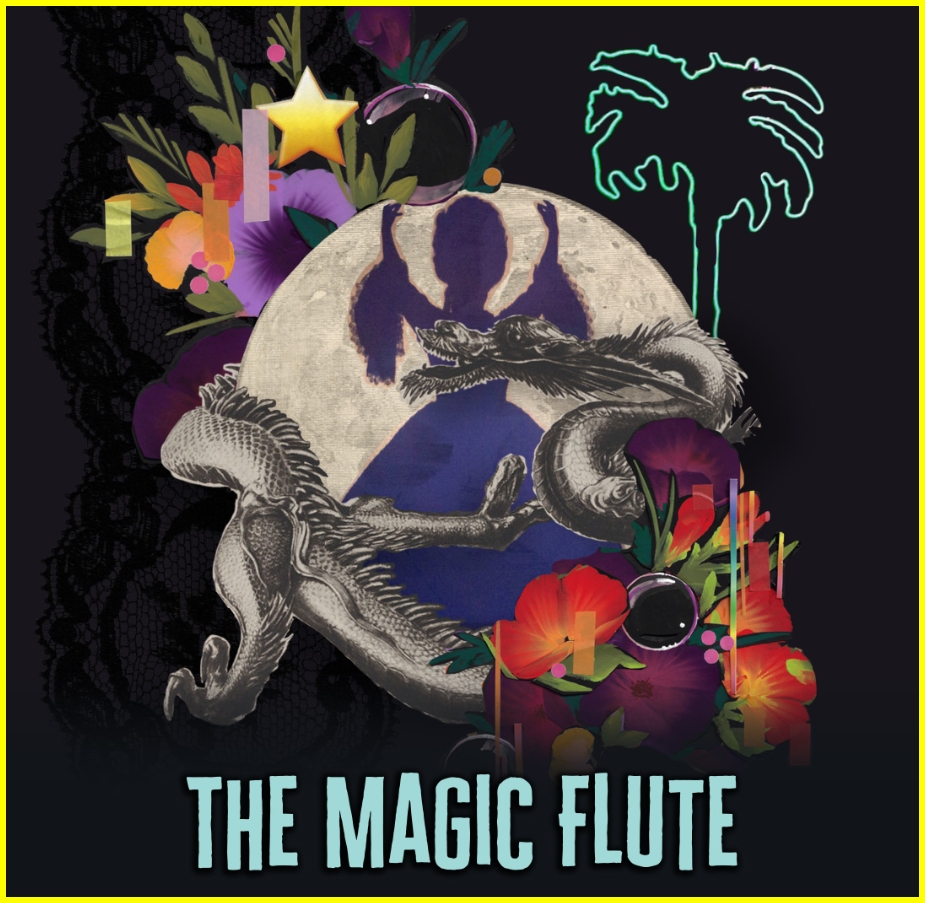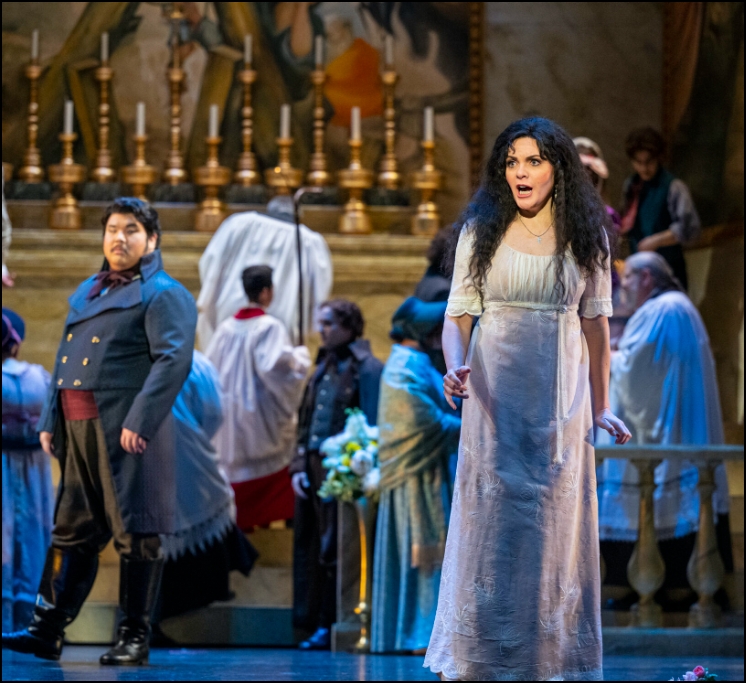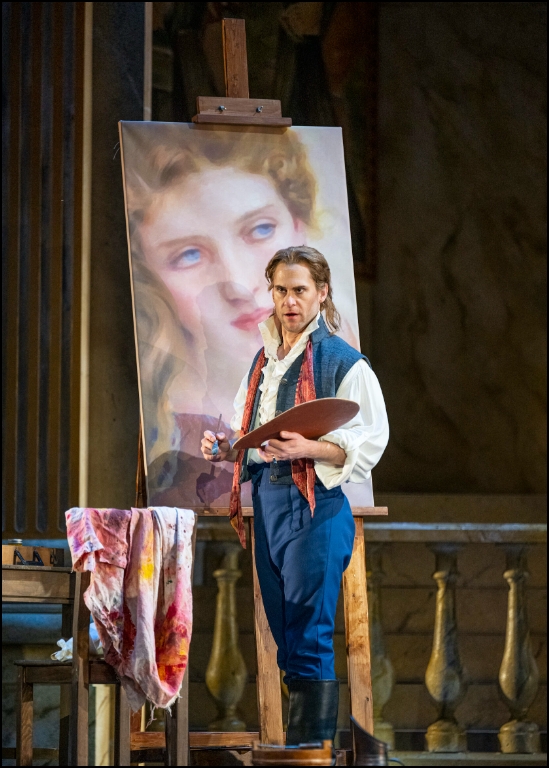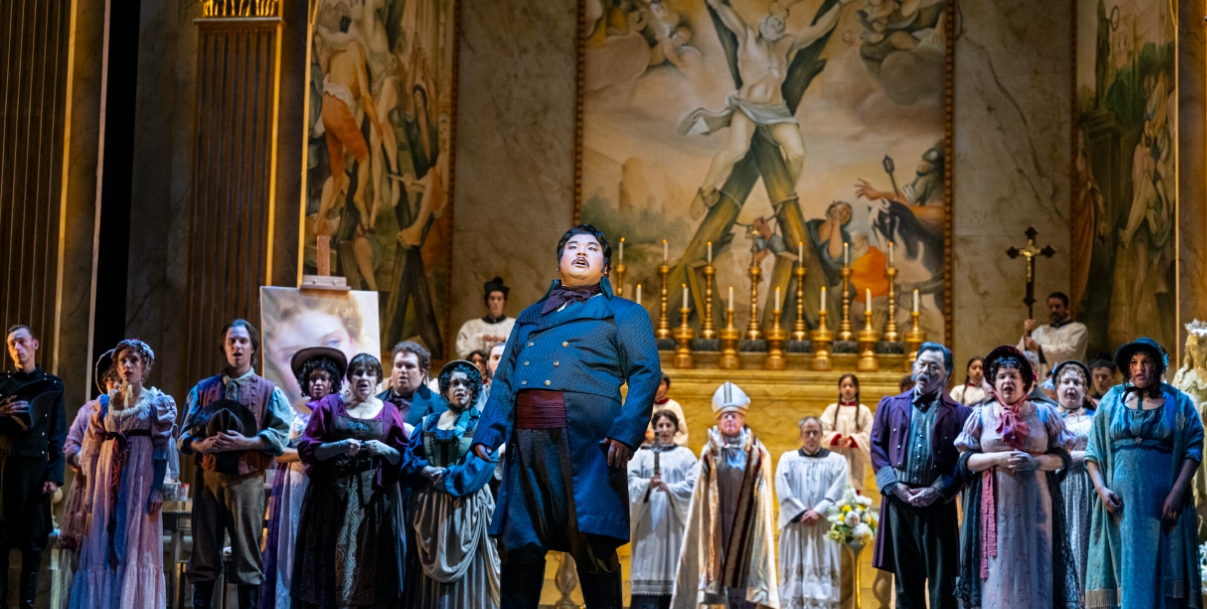by Jeff Dunn
If magic is the art of making the impossible possible, the libretto for The Magic Flute opera is the Mission Impossible of believability.
Librettist Emanuel Schikaneder left posterity an impossible scenario: A Japanese prince in a deep forest in Egypt, thinking he’s been saved from a giant serpent by a rustic dressed as a giant bird, finds himself in a war between a screaming queen and a basso pharaoh running a Masonic cult. That artist-magicians strive to overcome this hodgepodge is a testament to one of the greatest of all musicians, Mozart.
” … Many in the cast contributed their … sorcery to the occasion …”
Thanks to Opera San Jose’s fine set of magicians, the hand they received from last Saturday’s audience was not at all slight–a standing ovation. Foremost among the magicians was Ricardo José Rivera as bird-man Papageno, whose rich baritone and superb comic acting thrilled the crowd.
But even more magical was conductor Alma Deutscher, fresh out of the Hogwarts of conservatories, the University of Music and Performing Arts of Vienna. She’s 19 and has already written two lengthy concertos and three operas. Her bare-armed conducting was fluid and passionate and a joy to witness.
Many in the cast contributed their own bits of sorcery to the occasion. Tenor Sergio González was outstanding as the what’s-he-doing-in-Egypt prince Tamino. Emily Misch as the Queen of the Night pulled out high-F rabbits from her hat with aplomb in her famous aria. Her henchwomen Maria Brea, Melissa Bonetti Luna and Mariya Kaganskaya cast a delicious spell in their trios.
Melissa Sondhi paired expressively with Gonzáles as his love interest Pamina. Nicole Koh distributed a lot of delightful fairy dust as Papageno’s squeeze Papagena. The redoubtable Philip Skinner was imposing as the Speaker of the Temple. As Monostatos, tenor Nicolas Vasquez-Gerst was a master of the black arts and flip-flopping loyalties. Was there kryptonite in the large lollypop sun-staff that he had to keep holding that diminished Youngwang Park’s magic and vocal penetration as the pharaoh Sarastro?
 Stage magic was most effective at the outset, when an elaborate serpent-dragon was carried about Chinese-style, replete with smoke from its jaws. Ryan McGettigan’s pyramid and palm stage-design motifs provided consistency, but this reviewer felt the neon-looking palms smacked more of 20th-century Las Vegas than 18th-century Vienna. Alyssa Oania’s costumes, however, were fascinating, and David Lee Cuthbert’s lighting interacted very effectively with stage structures.
Stage magic was most effective at the outset, when an elaborate serpent-dragon was carried about Chinese-style, replete with smoke from its jaws. Ryan McGettigan’s pyramid and palm stage-design motifs provided consistency, but this reviewer felt the neon-looking palms smacked more of 20th-century Las Vegas than 18th-century Vienna. Alyssa Oania’s costumes, however, were fascinating, and David Lee Cuthbert’s lighting interacted very effectively with stage structures.
A special bit of prestidigitation was accomplished by stage director Brad Dalton. The overture began with lots of action on stage as Tamino, dressed as an 18th-century aristocrat, is placed by servants and playful children in front of a proscenium to see a play in his honor. Tamino gets sucked into the action, and eventually the proscenium disappears, realizing the alternative reality of the opera. Strangely, while I admired the concept, I felt all the action interfered with the pleasure of listening to the overture. Is this yet another example of today’s fashion of elevating dramaturgy above music in opera?
Mozart and The Magic Flute represents the best kind of magic, the kind that lasts, so that generation after generation of artists can ride on its dragon’s back, and see if new tricks can woo the human heart.
-30-
 ASR’s Classical Music Section Editor Jeff Dunn is a retired educator and project manager who’s been writing music and theater reviews for Bay Area and national journals since 1995. He is a member of the San Francisco Bay Area Theatre Critics Circle and the National Association of Composers, USA. His musical Castle Happy (co-author John Freed), about Marion Davies and W.R. Hearst, received a festival production at the Altarena Theater in 2017. His opera, Finding Medusa, with librettist Madeline Puccioni, was completed in January 2023. Jeff has won prizes for his photography, and is also a judge for the Northern California Council of Camera Clubs.
ASR’s Classical Music Section Editor Jeff Dunn is a retired educator and project manager who’s been writing music and theater reviews for Bay Area and national journals since 1995. He is a member of the San Francisco Bay Area Theatre Critics Circle and the National Association of Composers, USA. His musical Castle Happy (co-author John Freed), about Marion Davies and W.R. Hearst, received a festival production at the Altarena Theater in 2017. His opera, Finding Medusa, with librettist Madeline Puccioni, was completed in January 2023. Jeff has won prizes for his photography, and is also a judge for the Northern California Council of Camera Clubs.
| Production | Innocence |
|---|---|
| Libretto by | Emanuel Schikaneder |
| Stage Direction | Brad Dalton |
| Conducted by | Alma Deutscher |
| Producing Company | Opera San Jose |
| Production Dates | Thru Sept 29th |
| Production Address | California Theater - 345 S First St, San Jose, CA 95113 |
| Website | www.operasj.org |
| Telephone | (408) 437-4450 |
| Tickets | $57.50- $212.50 |
| Reviewer Score | Max in each category is 5/5 |
| Overall | 4/5 |
| Performance | 4/5 |
| Music | 4/5 |
| Libretto | 3/5 |
| Stagecraft | 3.5/5 |
| Aisle Seat Review Pick? | YES! |
